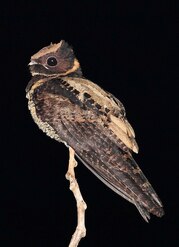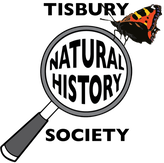 Nightjar - Nigel Voaden from UK, CC BY-SA 2.0, via Wikimedia Commons Nightjar - Nigel Voaden from UK, CC BY-SA 2.0, via Wikimedia Commons For those who thought I was only obsessed with swifts, you're wrong! Ever since that magical night on Holt Heath, nightjars have definitely moved into focus. And if you want your bit of that magic, get yourself to Holt Heath soon (directions on Field Trips/What you missed), and the spot from which we walked to hear and see them, and you may still be lucky - they don't leave till mid to late August, to head back along with our swifts to Southern Africa. Lingering unsatisfied curiosity took me to several websites stuffed with fascinating details, starting with Wikipaedia:
But the British Ornithologists' Union and Discover Wildlife have more, and wonderful photos too, including one of a nightjar spotlit in flight.  Fantanaranja, CC BY-SA 4.0 via Wikimedia Commons Fantanaranja, CC BY-SA 4.0 via Wikimedia Commons One of these mentions that the woodcock shares similar habitat and memorably, on that first night, we heard and saw these, too. Again, Wikpaedia comes up with memorable facts, including that Cocker spaniels (this one's called Tony) are named after woodcock, having been first bred for hunting them. Comments are closed.
|
Photo: Avocets (Izzy Fry)
The headers display photos taken by our members. Do get in touch via the Contact Form if you'd like to submit a photo for selection.
Archives
May 2024
Categories
All
|

 RSS Feed
RSS Feed